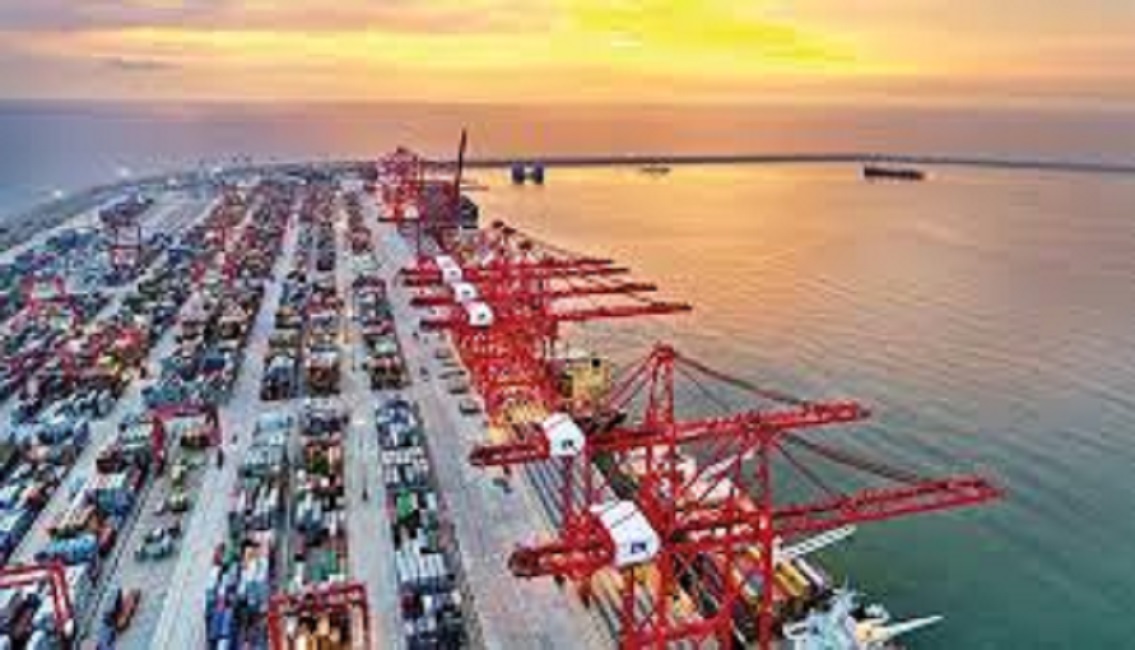According to a study conducted by Scott & Wilson Company in 2011, it had been pointed out that the existing terminal capacity of the Port of Colombo could have been reached to its maximum by the year 2015 and the Eastern Terminal should be made functional to meet the demand at that time.
However, the Eastern Terminal had not been opened for operations even by the end of the year under review. Due to the lack of acceptable statistics on the demand for terminal service, the lost terminal demand and resultant loss of revenue could not be calculated.
With the funds supplied by the Bank of Ceylon relating to the Colombo Port Expansion Project, the construction of Phase I of the Eastern Container Terminal with a depth of 18 meters and a length of 440 meters and with an annual capacity of 800,000 containers had been completed in April 2016 at a cost of LKR 11,168 million.
The Authority had not taken action to commence operations of this Terminal even up to 30 May 2020 by procuring the equipment required for the operation, including the Granite Cranes.
However, on 28 May 2019, Sri Lanka, India and Japan had entered into a Memorandum of Understanding (MoU) to commence operations of the terminal.
The Colombo International Container Terminal (CICT) is the only container terminal currently operating at the Colombo Port that can handle ships over 14.25 meter in depth (draft) despite the failure of the Eastern Container Terminal (ECT) to begin operations, port officials said.
The capacity at the CICT is 2.4 million of twenty equivalent units per year. A number of 374 ships with a draft of more than 14.25 meters had arrived at the terminal and a total of more than 2.6 million container units had been handled in 2019.
It was observed that the maximum capacity was also exceeded. Accordingly, the container handling of the terminal had increased by 8% compared to 2018.
Comments
- No comments found

Leave your comments
Login to post a comment
Post comment as a guest